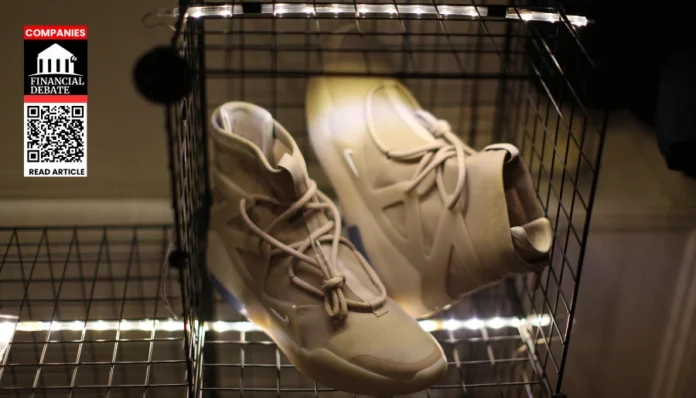- Nike is resuming direct sales on Amazon’s U.S. site after a six-year break to boost growth and reach more customers.
- The company will raise prices on select adult products starting June 1, citing seasonal pricing and rising costs.
- Nike is tightening control on Amazon sales to fight counterfeits and improve customer experience.
Nike is making a significant move by returning to sell its products directly on Amazon’s U.S. website for the first time since 2019. This marks the end of a six-year pause from the platform, reflecting a shift in strategy under Nike’s new leadership to combat recent revenue declines and broaden its market reach through Amazon’s massive online audience.
Back in 2019, Nike decided to stop selling its products wholesale on Amazon. The company wanted to focus on its own website and a limited number of authorized retailers. At that time, concerns about counterfeit goods on Amazon’s marketplace were a major reason for this withdrawal. However, facing a drop in sales, Nike is now re-engaging with Amazon to tap into its extensive customer base and enhance brand visibility.
Alongside this return, Nike plans to increase prices on certain products starting June 1. Price hikes will range from $2 to $10 depending on the item. For example, adult apparel and gear priced between $100 and $150 will see a $5 increase, while footwear costing more than $150 may rise by as much as $10. Importantly, popular items such as the Air Force 1 sneakers and children’s products will not be affected by these price changes. Nike explains these adjustments as part of its regular seasonal pricing strategy, influenced by higher production costs and tariffs on imports from countries like China and Vietnam.
Nike’s renewed partnership with Amazon also involves stricter control over which sellers can offer Nike products. Starting July 19, Amazon will source a wider range of Nike items directly, limiting third-party sellers to reduce counterfeit risks and improve the shopping experience for customers. This approach mirrors how other premium brands, including Apple and L’Oreal, manage their presence on Amazon by restricting unauthorized sellers.
This move is part of a broader strategy by Nike to strengthen its retail presence. Besides Amazon, Nike is expanding partnerships with new physical retailers, such as the French department store Printemps, which recently opened its first U.S. location in New York. Nike is also investing in innovative retail experiences, including a new concept store launched with Urban Outfitters aimed at appealing to younger consumers like Gen Z. Additionally, Nike is introducing AI-powered conversational search technology to enhance online shopping.
These efforts come at a time when Nike is facing challenges in its core market. The company reported a 9% drop in third-quarter revenue, reflecting weaker sales for both Nike and its Converse brand. By combining price adjustments with a wider distribution network, Nike aims to regain market share and reinforce its leadership in North America, which remains its largest revenue source.
Industry analysts view Nike’s return to Amazon positively. The move is seen as a smart way to increase brand ubiquity and reach more customers through the largest e-commerce platform in the U.S. Nike’s stock price rose by over 2% following the announcement, signaling investor approval of the strategy.
In summary, Nike’s decision to resume direct sales on Amazon, raise prices selectively, and tighten control over its product listings represents a comprehensive effort to reverse recent sales declines and adapt to changing market conditions. By leveraging both digital and physical retail innovations, Nike aims to maintain its competitive edge in the evolving sportswear industry.
